European Commissioner (EC) for Energy Kadri Simson has announced that the EC will establish an Industrial Alliance dedicated to small modular reactors (SMRs) in early 2024 in response to calls from the nuclear industry, research community and nuclear safety regulators.
The Commission established a European SMR pre-Partnership in June with the overall objective of identifying enabling conditions and constraints, including financial ones, towards safe designs, construction and operations of SMRs in Europe in the next decade and beyond. This will be done in compliance with the E.U. legislative framework in general and the Euratom legislative framework in particular.
Simson spoke at a European Small Modular Reactor Partnership event in Bratislava, Slovakia in early November. She said, “After a long and intense work of preparation, we must now draw conclusions on the opportunity and potential for establishing a European Industrial Alliance on SMRs. Industrial alliances are a tool to facilitate stronger cooperation and joint action between all interested partners. Industrial alliances can play a role in achieving key EU policy objectives through joint action by all the interested partners. A successful deployment of SMRs by the next decade will be an important and timely milestone on our path to climate neutrality by 2050. I am confident that the EU can have a leadership role in achieving technological maturity for SMRs. This means to me that the first SMRs must be connected to the European electricity grid within a decade at the latest. This must be our goal.”
Simson noted that analyses undertaken by the European SMR pre-Partnership have indicated that an industrial alliance “is the appropriate concept” for the European SMR Partnership. The Stakeholders’ Forum “confirmed interest and readiness” for an industrial alliance. The Forum took place in Brussels in late October.
Simson added that “With a clear mandate from the Member States willing to use this technology in their energy mix, this determination of the stakeholders calls on the Commission to do its part and prepare the establishment of an Industrial Alliance on SMRs. I believe that there is today both the political opportunity and the industrial case to promote the development of SMRs in Europe. I stand ready to initiate within the Commission the necessary steps to establish the EU Industrial Alliance for SMRs early next year.”
Simson mentioned that skills and industrial competence, licensing, management of use fuel and radioactive waste will need to feature prominently in the next steps towards a European initiative on SMRs.
Yves Desbazeille is the Director General of European nuclear trade body Nucleareurope. He welcomed the announcement of the creation of the industrial alliance. He went on to say that “SMRs are expected to bring many benefits to the EU as a whole in terms of helping to decarbonize hard-to-abate sectors, as well as creating jobs and generating economic growth in the EU. The groundwork has been laid by its predecessor, the European SMR pre-Partnership and we are delighted that the European Commission is now giving its full backing to this key technology of the future.”
Blog
-

Nuclear Reactors 1299 – The European Commission Is Working On The Creation Of An SMR Industrial Alliance
-
Nuclear News Roundup November 03, 2023
Move To Update Nuclear Gravity Bomb Concerns Catholic Leaders, Peace Advocates osvnews.com
IAEA Looks Ahead to the Future of Nuclear Law iaea.com
UN nuclear watchdog warns of Iran’s enriched uranium news.yahoo.com
Navy chooses Boston as commissioning site for USS Massachusetts nuclear submarine nbcboston.com
-
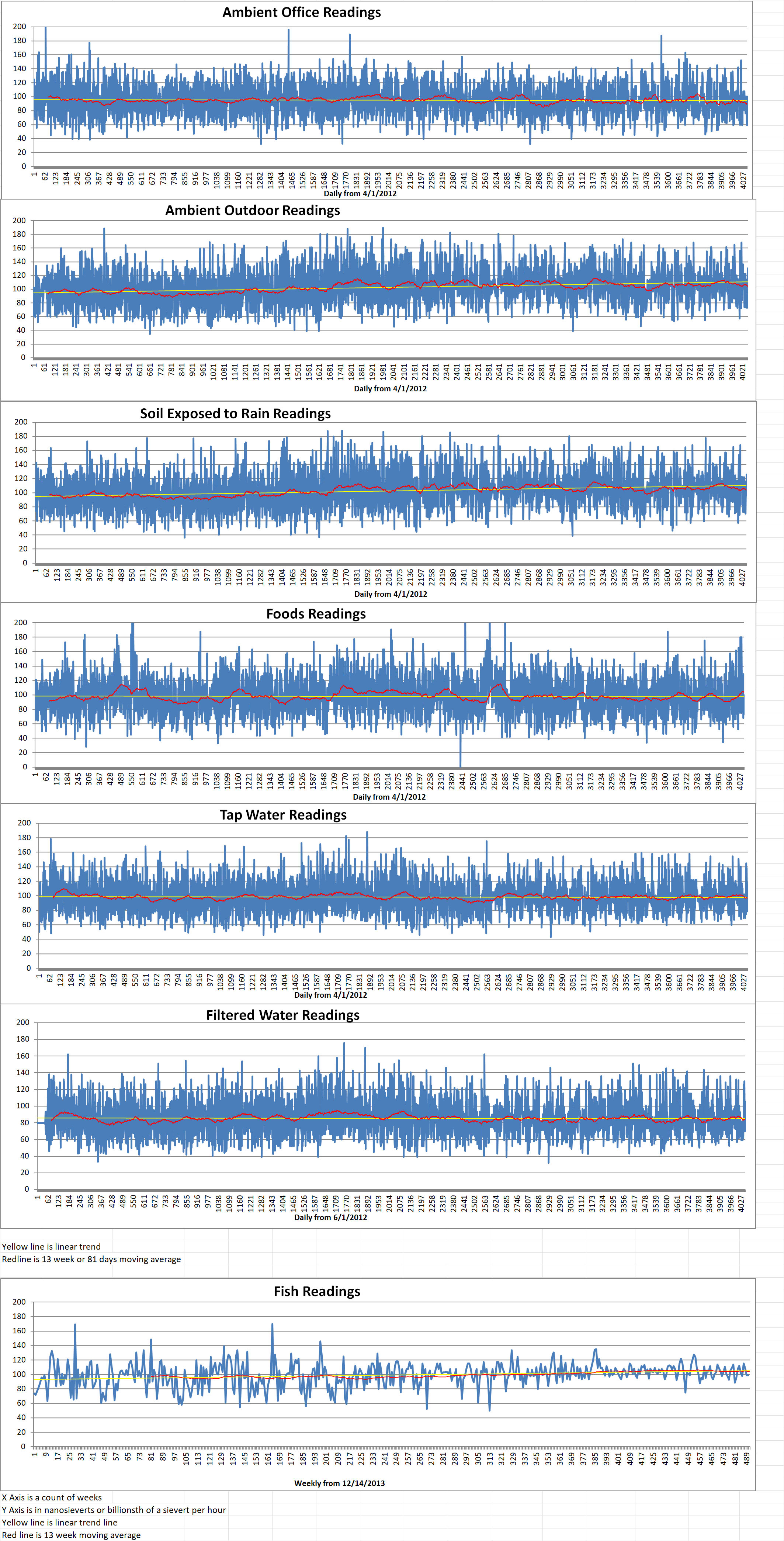
Geiger Readings for October November 03, 2023
Ambient office = 86 nanosieverts per hour
Ambient outside = 95 nanosieverts per hour
Soil exposed to rain water = 97 nanosieverts per hour
English cucumber from Central Market = 101 nanosieverts per hour
Tap water = 103 nanosieverts per hour
Filter water = 94 nanosieverts per hour
-
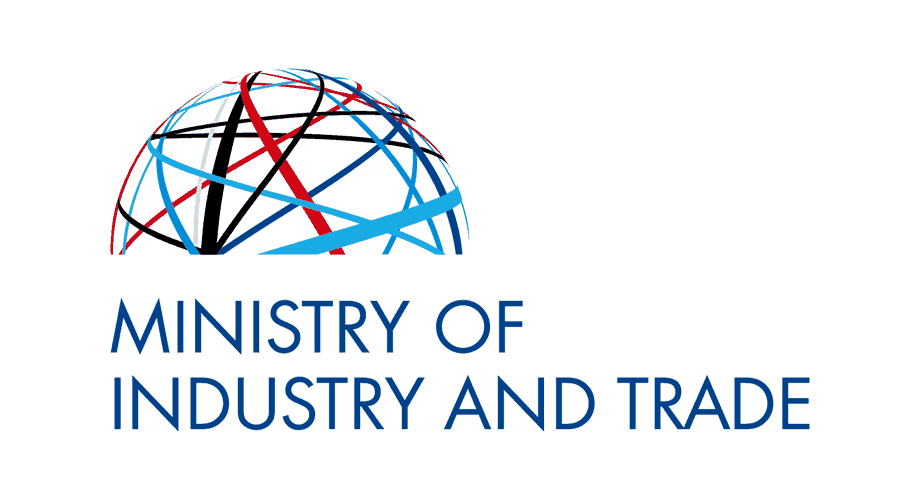
Nuclear Reactors 1298 – Czech Republic SMR Ddevelopment Roadmap Approved
A minister-led working group in the Czech Republic examined the potential of small modular reactors (SMRs), possible sites and called for the start of construction in the first half of the 2030s. The plans will be included in the State Energy Policy and Spatial Development Policy of the Czech Republic report.
Jozef Síkela is the Czech Minister of Industry and Trade. He issued a statement the day after final bids were received for the construction of a new reactor at the Dukovany nuclear power plants. He said, “Small and medium-sized reactors will be a great addition to the modern power system of the Czech Republic, both in terms of electricity and heat generation. Our vision is for SMRs to complement large nuclear units from 2030s-40s onwards. In this way, we will capitalize on the unique know-how of our nuclear industry. The approved roadmap will provide investors with a certainty, so that they can prepare sites and subsequently make investment decisions. This will give Czech companies the opportunity to participate in supply chains of Czech and foreign projects in the future, to look for partners abroad and play an important role in the development of this promising field.”
The Czech government approved the working group’s Czech SMR Roadmap – Applicability and Contribution to the Economy document. The Roadmap sets out the framework for SMR’s potential in the Czech Republic and suggests sites, possible investor models and legislative changes. The Roadmap also includes information on the various design options. The ministry’s statement noted that among those interested in cooperating with Czech companies were Rolls-Royce SMR and GE Hitachi. The Roadmap mentioned that their designs were said to be the “most advanced in the development of a functional SMR”.
The Roadmap considered the progress of Czech SMR projects but suggested that they are at a “very early stage of development”. It goes on to suggest that the government continues to back them through other programs designed to support research and development rather than as the initial wave of SMRs. However, the Roadmap does raise the question of to what extent “foreign designs will be available if the high demand indicated by for instance neighboring Poland materializes (sources hint at plans for 79 reactors from GE Hitachi, up to 8 GW from Rolls-Royce SMR and others)”.
With respect to potential sites, the Roadmap includes forty five in total. These include the existing nuclear power plants Temelin and Dukovany and adds “promising locations at current coal-fired power plants, e.g. Dětmarovice and Tisováplus”.
Petr Třešňák is the Deputy Industry Minister. He said, “Due to their size and power output, these reactors can be a suitable replacement for coal-fired power plants which are being phased out. Apart from current nuclear sites, which were primarily intended for the construction of classic nuclear reactors, SMRs can be sited on other locations. These need to be identified and prepared in time.”
The ministry said, with respect to SMRs, that “the next five to ten years will be key in terms of their marketability, with corresponding business opportunities” and that, as with other energy projects, will require some form of state aid and the “Czech government advocates for a level playing field for nuclear energy development at the European level, particularly in the area of EU policies and programs, financing, and market design”. -
Links for 02 Nov 2023
North Korea tests new motors for nuclear ballistic missiles: State media nknews.org
Vallecitos reactor removal complete world-nuclear-news.org
Construction schedule agreed for Paks II in Hungary world-nuclear-news.org
US-Philippines Nuclear Energy Cooperation Agreement Approved miragenews.com
-
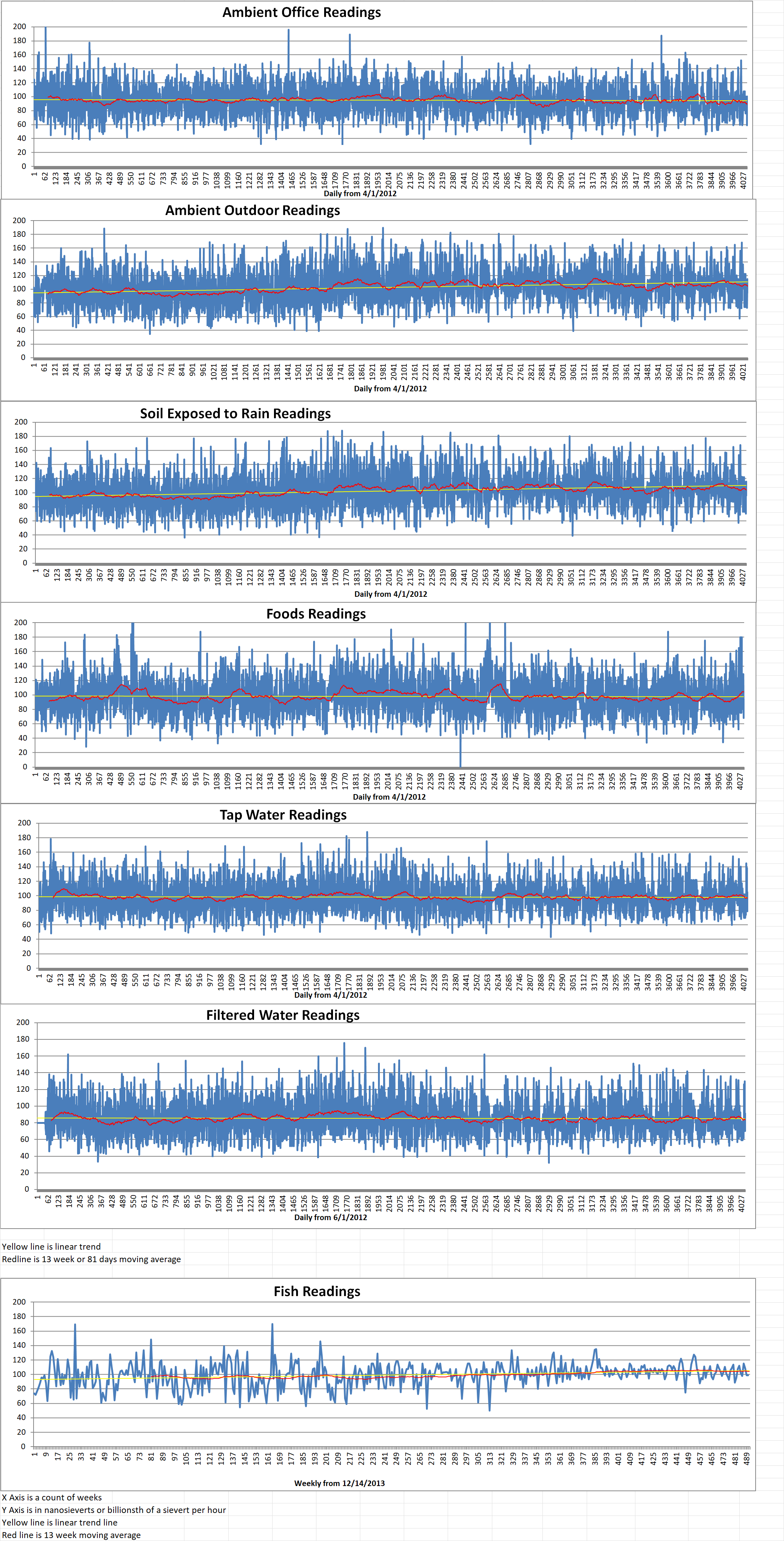
Geiger Readings for November 02, 2023
Ambient office = 98 nanosieverts per hour
Ambient outside = 130 nanosieverts per hour
Soil exposed to rain water = 100 nanosieverts per hour
Blueberry from Central Market = 180 nanosieverts per hour
Tap water = 117 nanosieverts per hour
Filter water = 105 nanosieverts per hour
-
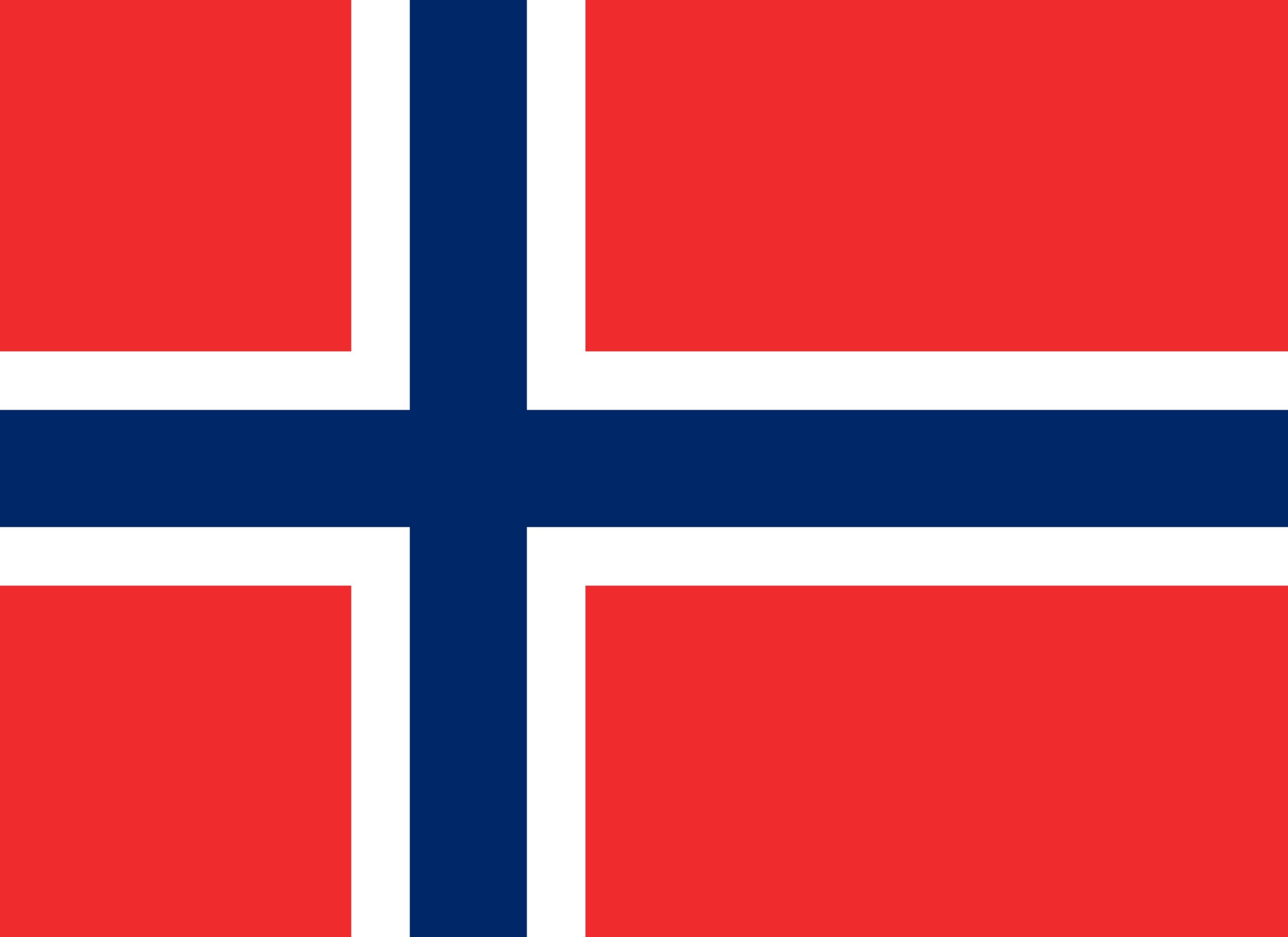
Nuclear Reactors 1297 – Norsk Kjernekraft Is Studying The Deployment of Small Modular Reactors In Norway
Norsk Kjernekraft (NK) has submitted a proposal to Norway’s Ministry of Oil and Energy for an assessment of the possibility of constructing a nuclear power plant based on multiple small modular reactors (SMRs) in the municipalities of Aure and Heim. NK said that this marks the first formal step towards the construction of country’s first nuclear power plant.
According to the preliminary plan, the new power plant will be located in a common industrial area in the border region between Aure and Heim. NK noted that other areas in the municipalities may also be relevant. The plant will consist of several SMRs. Together they will generate around twelve terawatts of electricity annually. This corresponds to an increase in power production of about eight percent.
NK signed an agreement of intent earlier this year on the investigation of nuclear power prospects with several municipalities which include Aure and Heim.
In June, NK signed a letter of intent with TVO Nuclear Services to jointly investigate the deployment of SMRs in Norway. TVO is a consulting company wholly owned by Finnish utility Teollisuuden Voima Oyj. The cooperation agreement included the assessment of the suitability and effectiveness of the development of nuclear power in the Norwegian municipalities of Aure, Heim, Narvik and Vardø.
Together with NK, Aure and Heim have now found a suitable area. The new plant is “to ensure that the municipality’s greenhouse gas emissions are reduced, while at the same time further green industry can be established”.
An environmental impact assessment can begin once the proposal for the new plant has been approved by the Ministry of Oil and Energy. NK said that it was planning a transparent process with the public. The involvement of the local population will be important.
First, the impact assessment will have to show that the facility can be built within acceptable limits. Then licensing processes will follow in accordance with Norwegian laws and regulations. After these two phases are complete, construction can finally start. NK noted that several important milestones must be achieved before major investments and final decisions can be made.
Jonny Hesthammer is the CEO of NK. He said, “Aure and Heim are in the running, and with political will and acceptance among the citizens, we can have nuclear power in place in 10 years, depending on how quickly the authorities process the application. Half of Norway’s total energy consumption is still fossil fuels. The power plant planned in Aure and Heim will thus contribute to significant electrification and emission reductions. With good maintenance, the plant can last up to a hundred years. It will therefore be able to deliver cheap electricity to the inhabitants for many decades after it has been paid off.”
NK intends to construct, own and operate SMR power plants in Norway in collaboration with power-intensive industries. It states that it will prepare license applications in accordance with national regulation and international standards. NK will follow the International Atomic Energy Agency’s approach for milestones. It will focus on what creates value in the early phase. Financing will occur in collaboration with capital-strong industry and solid financial players.
Last July, NK and Denmark’s Seaborg signed a letter of intent to study the deployment of Seaborg’s compact molten salt reactor in Norway. However, NK has said that it intends to initially establish SMRs based on conventional nuclear technology. -
Nuclear News Roundup November 01, 2023
Presidential aspirants agree on renewables, diverge on nuclear energy focustaiwan.tw
China and the United States Hold their First Nuclear Security Talks in Years unidispatch.com
Foundation in place for first mega cooling tower at Lianjiang world-nuclear-news.org
Biden, Xi set to pledge ban on AI in autonomous weapons like drones, nuclear warhead control finance.yahoo.com
-
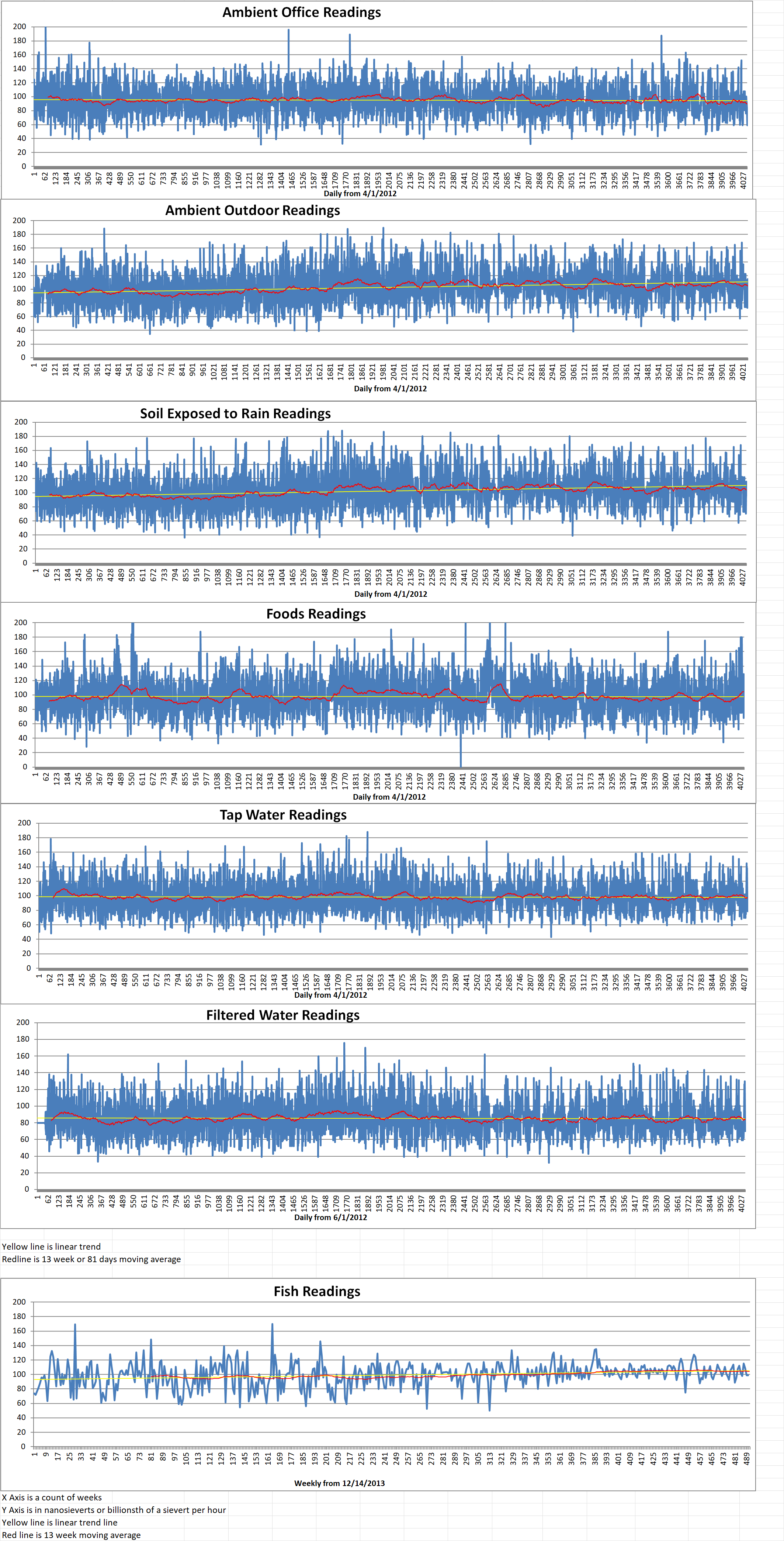
Geiger Readings for November 01, 2023
Ambient office = 100 nanosieverts per hour
Ambient outside = 95 nanosieverts per hour
Soil exposed to rain water = 97 nanosieverts per hour
Avocado from Central Market = 73 nanosieverts per hour
Tap water = 105 nanosieverts per hour
Filter water = 91 nanosieverts per hour
-

Nuclear Reactors 1296 – Analysis Of Need For Australia To Construct Nuclear Power Plants – Part 2 of 2 Parts
Part 2 of 2 Parts (Please read Part 1 first)
Nuclear advocates claim that Australia has no choice. They say that wind and solar are intermittent power sources. They claim that the cost of making them reliable is too high.
Here is a comparison of the cost of reliably delivering a megawatt hour of electricity to the grid from nuclear power versus wind and solar power. According to the Commonwealth Scientific and Industrial Research Organization (CSORO) and energy market analyst Lazard Ltd, nuclear power has a cost of one hundred and forty dollars to two hundred and thirty dollars per megawatt hour produced.
Without subsidies or state finance, the four plants mentioned above generally meet or beat the high end of this range. In contrast, Australia is already building wind and solar plants at under forty-five dollars and thirty-five dollars respectively. This is about one tenth of the cost of nuclear power.
The CSIRO has also estimated the cost of renewable energy that has been made reliable, mainly by batteries and other storage technologies. Australia could build a renewables grid big enough to meet current demand twice over and still pay less than half the cost of nuclear power.
Proponents of nuclear power say that small modular reactors (SMRs) offer the possibility of being produced at scale. This may finally allow nuclear power to harness Wright’s law.
However, commercial SMRs are still years from deployment. NuScale is a U.S. SMR company. It is scheduled to construct two nuclear power plants in Idaho by 2030. Ground has not yet been broken for these projects, but the on-paper costs have already risen to about one hundred and ninety dollars per megawatt hour.
SMRs are still decades away from broad deployment. If early examples work well, in the 2030s there will be a round of early SMRs in the U.S. and European countries that have existing nuclear skilled workers and nuclear supply chains. If that goes well, there may be a serious rollout from the 2040s onwards.
In these same decades, solar, wind and storage will still be descending the Wright’s law cost curve. Last year the Morgan administration was promoting the goal of getting solar below fifteen dollars a megawatt hour by 2030. SMRs would have to achieve inconceivable cost reductions to be economically competitive.
SMRs might be necessary and competitive in counties with no renewable energy resources. However, Australia has the richest combined solar and wind resources in the world.
The big question is whether Australia should lift its ban on nuclear power. A repeal would have no practical effect on what happens in electricity markets. However, it might have important political effects.
A future Australian leader might seek short-term advantage by offering huge subsidies for construction of nuclear power plants. The true costs would arrive years after any such leader had left office. That would be a disaster for Australia. With unmatched solar and wind resource, Australia has the chance to deliver the cheapest electricity in the industrial world.
Mr. Dutton may be correct that the ban on nuclear energy is not necessary. However, in terms of getting to net zero emissions as quickly and as cheaply as possible, Mr. Bowen has the relevant argument. One assessment from the U.K. said nuclear power for Australia would be “economically insane”.
